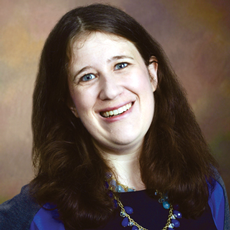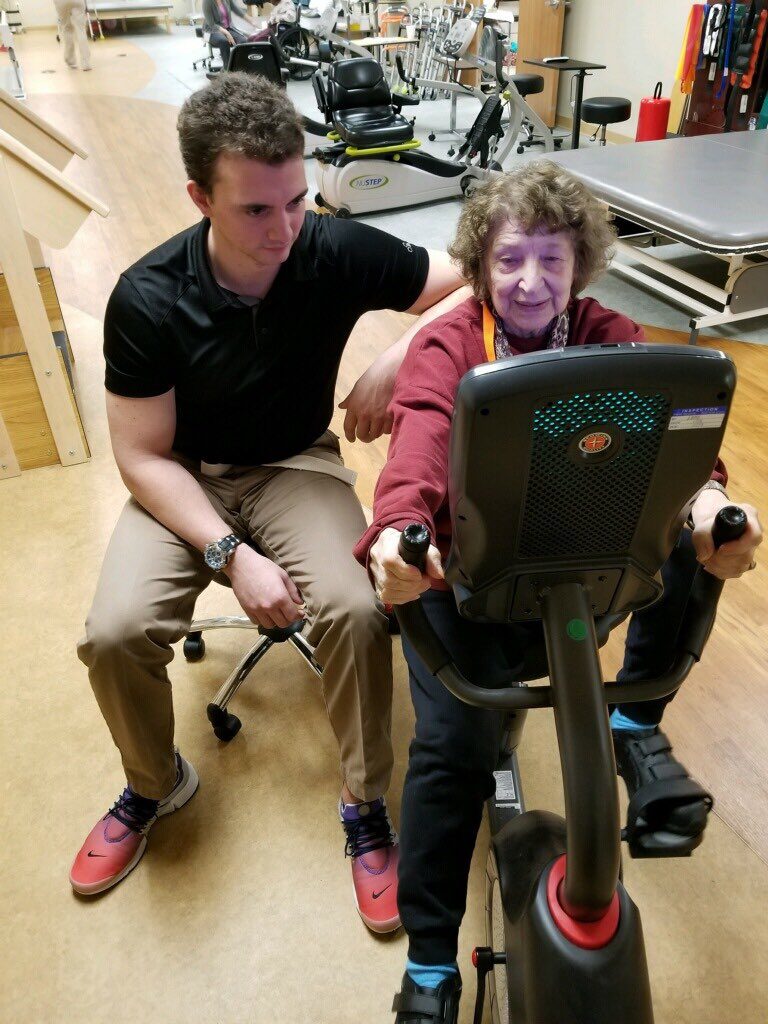
Over the past decade, my parents and mother-in-law have, between the three of them, enjoyed three new knees and a repaired rotator cuff.
All of them appreciate a good cup of coffee and solid Wi-Fi as part of their healthcare experiences. But in looking at where to go for surgery and post-rehab services, they are even more motivated by data, which is why the Centers Health Care Good Outcomes program sparked my interest.
Centers, based in New York, has 50 facilities and launched the GO program at five spots. The origin of the program dates to last year when skilled nursing patients began arriving with a “different set of expectations,” said Steve Carr, Director of Sales & Business Development at Centers Health Care.
“They wanted to stay connected to things in the community, or stream for television,” he said. “They had expectations for meals and coffee, and for length of stay.”
The Centers team looked at a variety of models before it decided to build its own program, with Carr noting that “a lot of area healthcare is promoting itself as hotels.”

“Skilled nursing facilities are not resorts,” Carr said. Still, “we are in the business of getting people better, but that doesn’t mean we can’t offer best practices.”
What that means is the units have physicians available five days per week, and a registered nurse is on call 24/7. There are specialists in areas such as cardiology available to consult, and a “holistic approach” where residents can have flat-screen televisions, Starbucks coffee, full menu of restaurant-like options, and the Jintronix system, built with computer gaming technology and multiple motion sensors.
There’s a substantial investment to the renovations, adding staff and conducting training, not to mention offering top-tier coffee. And Netflix isn’t free. That’s why Centers has been systematic about launching its units, which require renovations such as adding a therapeutic gym. The “behind the scenes” work has been followed by launching in front of staff, getting them excited as patients start arriving.
As more units go live — the hope is a total of 10 to 12 over time — the data reflects a positive return on investment. Namely, admissions are up a net 8% for the units, and more than 90% of patients in the program have said it “met or exceeded expectations.”
Also telling is a response from referral partners.
“Our initial response from the hospitals was, ‘This is incredible — how come more people aren’t offering this?’” Carr said. He’s also eager for the units to know how it performs against inpatient rehab facilities. GO units are using Uniform Data System for Medical Rehabilitation software, which tracks outcomes for rehab patients.
“As the system pushes care to a lower level, we wanted to demonstrate to patients and referral sources the most important factors are the outcomes,” he said. “If you don’t measure that, you can’t share that. That’s one of the driving core concepts behind the program: We want to demonstrate how we’re doing with those numbers.”
It’s a tricky balance — the holistic approach that meets baby boomer expectations — with solid data. But Carr notes the first is easier than the second, even throwing some light shade on competitors focused on the softer side of luring in a prospective rehab resident.
“It’s relatively easy to offer a nice menu and a great cup of coffee. If that’s all we wanted to do, it would be like every other facility,” he said. “But the investments have to go beyond the amenities and surroundings.”
Carr’s right: As facilities look toward investment, no amount of good coffee will cover bad outcomes. But combining treats with top medicine? That’s a winning combination.
Follow Senior Editor Elizabeth Newman @TigerELN.




